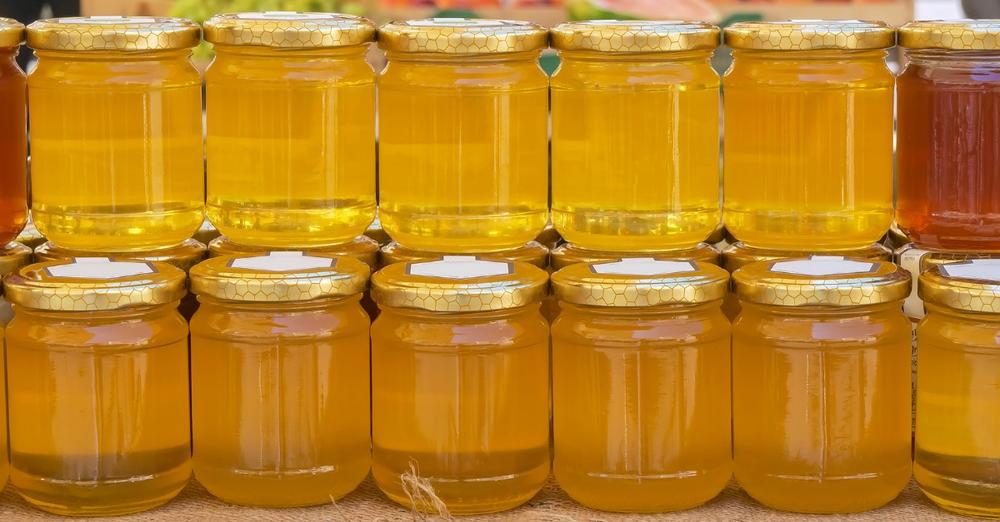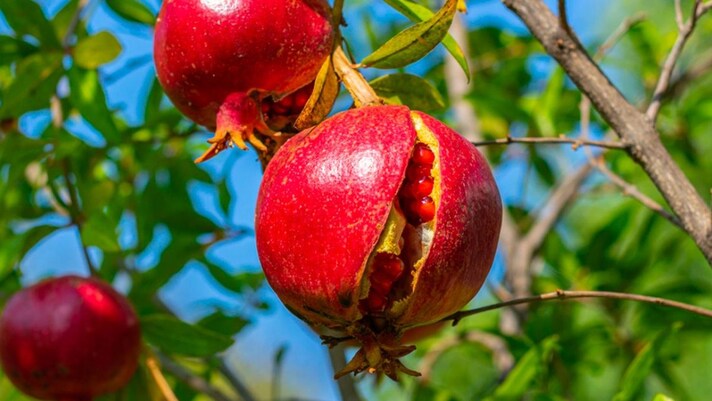Why Does Skin Form on Heated Milk?
If you’ve ever heated milk, then you may have noticed a thin layer forming on its surface. Known as milk skin, this natural phenomenon is both puzzling and fascinating. Read ahead to uncover why it happens and what you can do about it.

Heating milk is a common kitchen task, whether you’re making a creamy hot chocolate or preparing a sauce. But as the milk heats, a thin skin often forms on the surface, leaving many wondering what causes it and how to prevent it.
What Causes Milk Skin to Form?
Milk is made up of water, proteins, and fats, which react differently when heated. As the temperature rises, the proteins, particularly casein and whey, begin to denature (or unfold) and interact with the milk's fats. These components rise to the surface, where they form a thin, cohesive layer as water evaporates.
- Heat and evaporation: The heat causes water to evaporate from the surface of the milk, leaving behind concentrated proteins and fats that form the skin.
- Proteins at work: Casein and whey proteins are primarily responsible for the skin’s formation, as they coagulate under heat.
- Layer of protection: Interestingly, this skin acts as a natural barrier, slowing further evaporation from the milk.
Is Milk Skin Safe to Eat?
Milk skin is perfectly safe to eat, though its texture and taste may not appeal to everyone. It’s essentially a concentration of milk’s proteins and fats, making it nutritious but slightly chewy. Some cultures even consider milk skin a delicacy, adding it to tea or dishes for an extra layer of flavor.

If the texture isn’t to your liking, you can skim the skin off and discard it or mix it back into the milk with a whisk or spoon.
How to Prevent Milk Skin from Forming
Preventing milk skin requires managing the heating process carefully. Here are a few tips:
- Low and slow heating: Avoid high temperatures, as rapid heating encourages evaporation and speeds up skin formation.
- Cover the pot: A lid traps steam and reduces evaporation, preventing the proteins from rising to the surface.
- Stir regularly: Frequent stirring keeps the milk’s components evenly distributed and prevents skin from settling on the surface.
- Use a double boiler: Gentle, indirect heat ensures even warming and reduces the likelihood of skin formation.
;Resize,width=767;)
;Resize,width=712;)

;Resize,width=712;)
